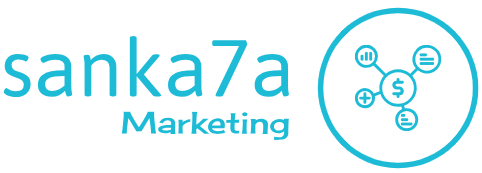The Shifting Sands of Global Trade
The past few years have served as a brutal reminder of just how unpredictable the global landscape can be. From pandemics and geopolitical instability to extreme weather events and sudden shifts in consumer demand, businesses have been forced to confront unprecedented challenges to their supply chains. The era of predictable, linear supply chains is over, replaced by a need for agility, adaptability, and resilience. This necessitates a fundamental shift in thinking and a proactive approach to risk management that goes beyond simply reacting to crises.
Diversification: Spreading the Risk
One of the most effective strategies for building resilient supply chains is diversification. This isn’t just about sourcing from multiple suppliers; it’s about diversifying across geographical locations, production methods, and even product components. Over-reliance on a single supplier or region leaves businesses vulnerable to disruptions. By spreading the risk across a wider network, companies can mitigate the impact of any single event. This requires thorough due diligence, careful selection of partners, and robust contract negotiations that protect against unforeseen circumstances.
Building Stronger Supplier Relationships
Resilient supply chains aren’t just about having many suppliers; they’re about having strong relationships with those suppliers. Collaboration and transparency are key. Open communication channels, regular performance reviews, and a shared commitment to sustainability and ethical practices foster trust and mutual understanding. When unexpected events occur, strong relationships can mean the difference between navigating a crisis effectively and experiencing significant disruptions. This also includes investing in supplier development programs to ensure the long-term viability and resilience of the entire network.
Embracing Technology for Enhanced Visibility
Technology plays a crucial role in building resilient supply chains. Real-time tracking and monitoring systems provide unparalleled visibility into the movement of goods, allowing businesses to anticipate and respond to potential disruptions. Advanced analytics can identify patterns and predict potential risks, enabling proactive mitigation strategies. Blockchain technology can enhance transparency and traceability throughout the supply chain, improving accountability and reducing the risk of counterfeiting or fraud. Investing in the right technology is an investment in the resilience of the entire operation.
Strategic Inventory Management: The Goldilocks Approach
Finding the right balance in inventory management is crucial. Holding excessive inventory ties up capital and increases storage costs, while insufficient inventory can lead to stockouts and lost sales. The key is to strike a balance that allows businesses to meet customer demand while minimizing the risk of disruptions. This might involve employing techniques like just-in-time inventory management, but with a buffer stock strategically placed to account for potential delays or unforeseen circumstances. Forecasting and demand planning are critical components of this strategy.
Scenario Planning and Risk Assessment: Preparing for the Unexpected
Proactive risk management is essential for building resilient supply chains. This involves regularly conducting thorough risk assessments, identifying potential vulnerabilities, and developing contingency plans to address those vulnerabilities. Scenario planning, which involves simulating different potential disruptions, can help businesses prepare for a wide range of challenges. This includes considering geopolitical risks, natural disasters, pandemics, and even cybersecurity






![Everything You Need to Know Hermes’ [Bag Name] Everything You Need to Know Hermes’ [Bag Name]](https://images.unsplash.com/photo-1507666664345-c49223375e33?fm=jpg&q=60&w=3000&ixlib=rb-4.0.3&ixid=M3wxMjA3fDB8MHxzZWFyY2h8MTN8fGhlcm1lcyUyMHBhcmlzJTIwYmFnfGVufDB8MHwwfHx8Mg%3D%3D)











![Streamline Your Work Introducing [Company Name] Streamline Your Work Introducing [Company Name]](https://images.unsplash.com/photo-1583737226403-58686f312633?fm=jpg&q=60&w=3000&ixlib=rb-4.0.3&ixid=M3wxMjA3fDB8MHxzZWFyY2h8MTR8fHN5c3RlbSUyMGF1dG9tYXRpb24lMjBjb21wYW55fGVufDB8MHwwfHx8Mg%3D%3D)


